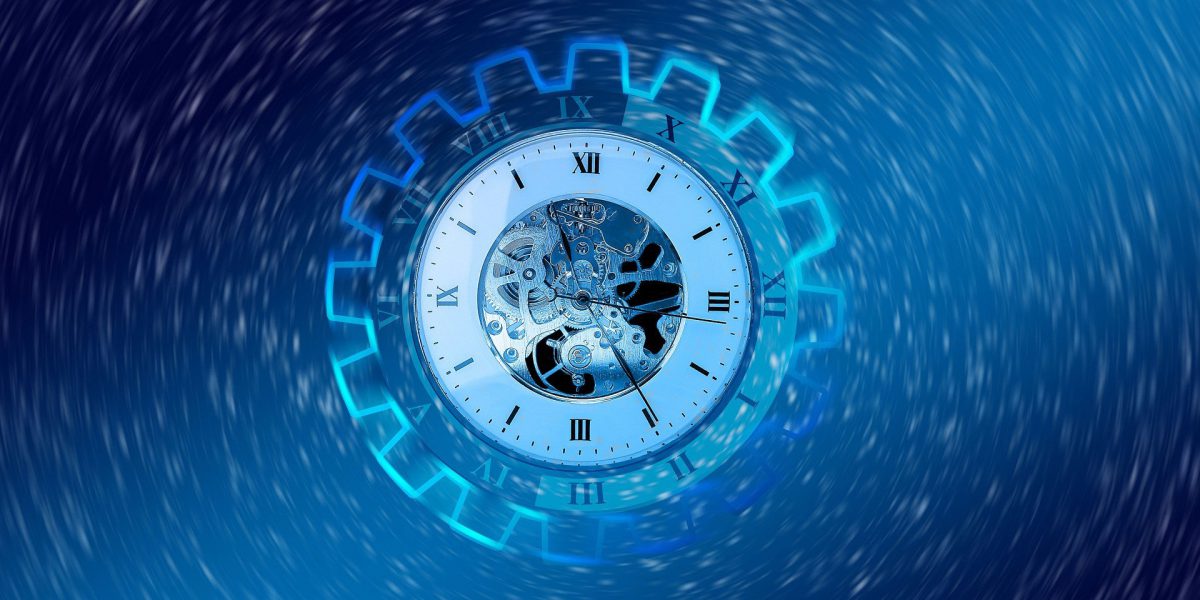Kāla and Conflict

Central to Hindu notion of kāla or time is the yuga, or, an epoch. Four such yugas put together comprise a single cycle – a chatur yuga – of the existence of the universe.
The first yuga is the Satya Yuga – the noblest of yugas, where gods – devas – govern all of humanity, and all humans are righteous and pure. The only conflicts that occur, happen between the heavenly devas, and the asuras – the demons – of the underworld.
The next yuga is the Treta Yuga – in which humanity begins to go off the path of righteousness. A major conflict in this yuga in the current chatur yuga took the form of the first great Hindu epic, the Ramayana – where Vishnu (one of the Gods in the Hindu Trinity) as King Rama, fought the demon ruler of Lanka – a site attributed to the present day country of Sri Lanka.
The third yuga is the Dwapara Yuga – in which humanity falters even further. The Mahabharata, the second of the great Hindu epics, took place during this epoch, in which Vishnu takes the form of Krishna and aids the Pandavas in defeating their cousins, the Kauravas in a famous battle fought in Kurukshetra, a city that today lies in the northern Indian state of Haryana.
The fourth and the final yuga is the Kali Yuga (no relation to the Goddess Kali) – which represents the absolute nadir of human righteousness. This yuga in the current chatur yuga began with the end of the Mahabharata, and is the the epoch that we are supposed to be living in at the moment.
An interesting trend emerges from a cursory analysis of the conflicts during each of these yugas. The Satya Yuga witnessed battles between the devas and the asuras, between the inhabitants of two different worlds – the heavens, and the underworld. The Treta Yuga witnessed battles within the same world, but between warring tribes or peoples. The Dwapara Yuga, went a step further and witnessed conflict within a single family of the same people, pitching cousins against each other.
If one follows this trend, one arrives at a fairly obvious conclusion regarding the nature of conflicts in our present age. That is, in the Kali Yuga, the defining conflicts are within an individual. Between the better devas of our nature. And the inner asuras.